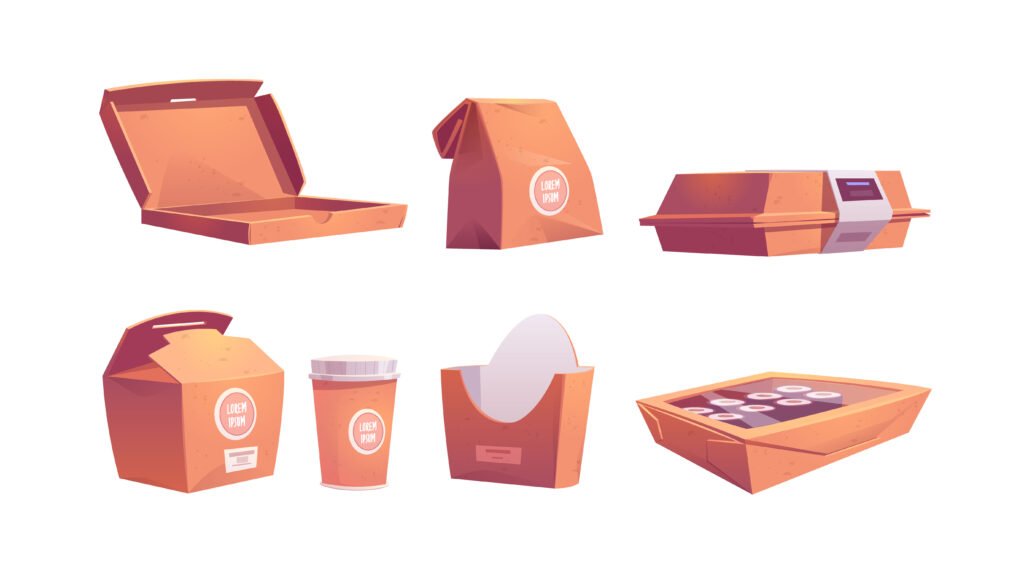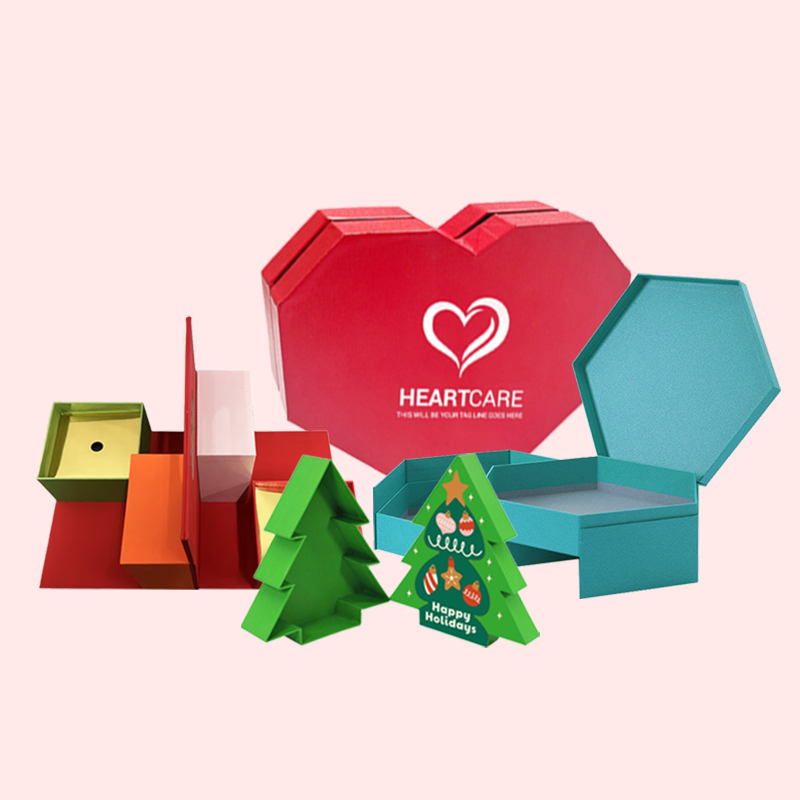Are you struggling to choose the right packaging for your food product? The options can feel endless, and a wrong choice can hurt sales and product quality.
The best type of food packaging depends entirely on your product's specific needs. For preservation, glass and metal are top choices. For branding and sustainability, paperboard is excellent. For convenience and flexibility, plastic pouches are very popular. The key is to match the material to the food.

Choosing the right packaging is one of the most important decisions you'll make for your food product. It's not just a container; it's a critical part of your brand1, your product's safety, and its appeal on the shelf. In my 16 years in this industry, I've seen how the right choice can make a product successful, while the wrong one can cause major problems. Let's break down the options so you can make an informed decision that protects your product and grows your business.
What is the best type of food packaging?
Feeling overwhelmed by all the packaging materials? A bad decision can be costly, affecting everything from shipping to shelf life. Let's find the best fit for you.
There is no single "best" type of food packaging. The ideal choice is a balance of protection, cost, branding, and sustainability2. Rigid boxes offer a premium feel, while flexible pouches are cost-effective3. The best packaging is simply the one that meets your specific product and business goals.
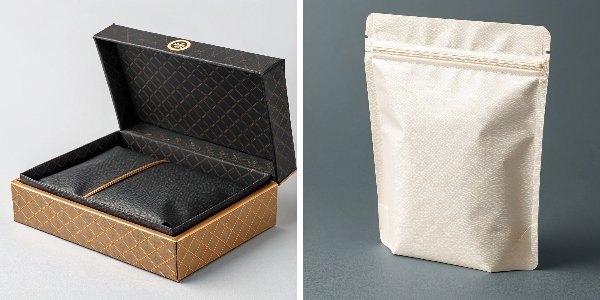
In my experience, the "best" packaging is a strategic business decision, not just a material choice. I always advise my clients to think about their priorities first. Are you a startup focused on keeping costs low, or an established brand creating a luxury experience? A designer like Peter, who I work with often, needs to balance these factors every day. He might design a beautiful, intricate box for a high-end chocolate brand one day, and a simple, efficient stand-up pouch for organic granola the next. To help you weigh your options, let's look at a quick comparison of the most common materials.
Material Comparison
| Material | Protection | Cost | Branding Potential | Sustainability |
|---|---|---|---|---|
| Glass | Excellent | High | High (Premium Feel) | Highly Recyclable |
| Metal | Excellent | Medium-High | Good (Durable) | Highly Recyclable |
| Plastic | Good-Excellent | Low-Medium | Excellent (Versatile) | Varies, Some Recyclable |
| Paperboard | Good | Low-Medium | Excellent (Printable) | Recyclable & Renewable |
This table is a starting point. The best choice always comes back to your specific product and customer.
Which type of packaging is best?
Are you worried about matching your food to the right container? The wrong choice can lead to crushed cookies or spoiled sauces, hurting your brand and wasting product.
The best packaging is determined by the food itself. Liquids need sealed bottles or cartons. Fresh produce requires breathable packaging to prevent moisture buildup4. Bakery goods need structure to prevent crushing5. It’s all about the specific application and the food's unique requirements.
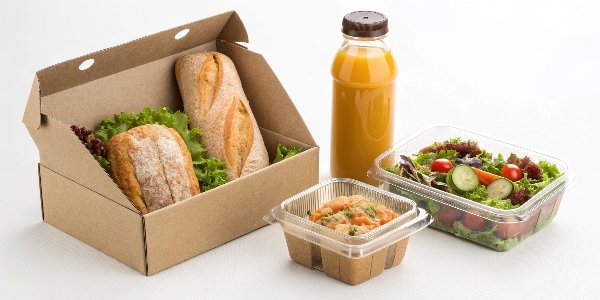
I remember a client who sold beautiful, artisanal crackers. They initially chose simple plastic bags to save money. The problem? The crackers were constantly breaking during shipping, leading to customer complaints. We switched them to a custom-fit paperboard box with an internal tray. The breakage problem disappeared, and their premium product finally looked the part. This experience taught me a valuable lesson: the packaging must serve the product's function first. Let's look at some common food categories and their ideal packaging partners.
Packaging by Food Category
-
For Dry Goods (Cereals, Pasta, Snacks):
Paperboard boxes, stand-up pouches6, and flexible bags are all excellent choices. They protect against moisture and are great for printing graphics. For a product like premium coffee, a flexible pouch with a one-way valve7 is perfect to let gas out while keeping oxygen from getting in. -
For Liquids (Juices, Sauces, Oils):
Glass bottles, plastic jugs, and aseptic cartons (like Tetra Paks)8 are the standard. The key is an airtight seal to prevent leaks and contamination. Glass is great for acidic products like tomato sauce, as it doesn't react with the food. -
For Fresh & Frozen Foods:
These products have special needs. Fresh produce often requires breathable films or vented containers to manage respiration. Frozen foods need materials that can withstand freezing temperatures without becoming brittle and that have good moisture barriers to prevent freezer burn.
What type of food packaging keeps food the freshest?
Is your product losing its flavor or spoiling too quickly on the shelf? Poor packaging can let in oxygen and moisture, ruining your food and your customers' trust.
To keep food freshest, you need packaging with high barrier properties9. Glass jars and metal cans are the ultimate protectors against oxygen, light, and moisture. For many products, high-barrier flexible films, vacuum sealing10, and modified atmosphere packaging (MAP) are also extremely effective.
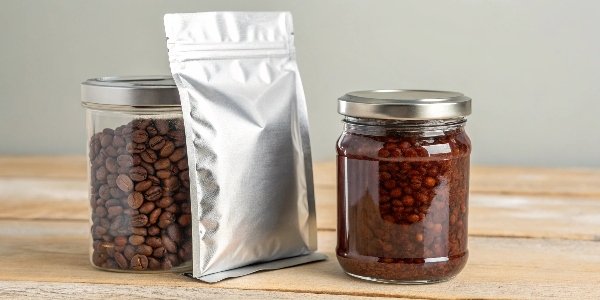
Freshness is all about controlling the environment inside the package. You have to fight against the enemies of food: oxygen, moisture, and light. Oxygen causes oxidation, which makes fats go rancid and changes flavors. Moisture can make crispy things soggy or dry things clump together. Light can degrade vitamins and colors. The best packaging acts as a fortress against these elements. Over the years at Giftspack, we've helped many clients extend their product's shelf life simply by upgrading their material's barrier properties.
The Science of Staying Fresh
-
Barrier Layers: Many modern packages, especially flexible pouches, are not just one material. They are made of multiple, micro-thin layers. One layer might provide strength, another is for printing, and a crucial inner layer, often aluminum foil or a special plastic like EVOH, provides the oxygen and moisture barrier.
-
Modified Atmosphere Packaging (MAP)11: This is a fantastic technology. We remove the normal air from the package and replace it with a specific gas mix, usually nitrogen or carbon dioxide. This process dramatically slows down decay and is widely used for things like bagged salads, fresh pasta, and case-ready meats. It keeps the food looking and tasting fresh for much longer.
What is the best food safe packaging?
Are you worried about your packaging being safe for customers? Using the wrong materials can lead to contamination, legal issues, and a complete loss of consumer trust.
The best food-safe packaging is made from "food-grade" materials. These materials are certified not to transfer any harmful substances to the food. Look for options like virgin food-grade paperboard, PET plastic, glass, and stainless steel, and ensure all inks and adhesives are also certified safe.

Food safety is non-negotiable. As a packaging provider, it's my number one priority. "Food-grade" isn't just a marketing term; it means the material has been rigorously tested to ensure it's safe for direct contact with food. This includes not just the main container but everything that touches the food. I once had a project where a client wanted to use a specific, vibrant ink for their branding. I had to explain that while the color was great, the ink wasn't certified for direct food contact. We found a food-safe alternative that met their branding needs without compromising safety.
Ensuring Total Package Safety
-
Primary vs. Secondary Packaging: It's important to know the difference. Primary packaging directly touches the food (e.g., the plastic wrap on cheese). Secondary packaging holds the primary pack (e.g., the paperboard box the cheese is in). The primary packaging must be food-grade.
-
Inks, Glues, and Coatings: You can have a food-grade box, but if the ink printed on the inside bleeds onto the food, the package is no longer safe. Always ensure that any substance used in the manufacturing process, from printing inks to the glue that holds the box together, is certified food-safe if there's any chance of contact. We always verify this for our clients to guarantee peace of mind.
Conclusion
Ultimately, the best food packaging is a strategic choice that protects your product, appeals to customers, ensures safety, and fits your budget. It requires careful consideration of many factors.
-
Explore how packaging influences brand perception and can be a powerful marketing tool for your food business. ↩
-
Learn strategies to achieve the ideal balance between product safety, cost, branding, and environmental impact in packaging. ↩
-
Discover the cost-saving benefits of flexible pouches and how they can streamline your packaging process. ↩
-
Understand how breathable packaging prevents spoilage and extends the shelf life of fresh fruits and vegetables. ↩
-
Find out how structural packaging solutions protect delicate foods and maintain product quality during shipping. ↩
-
Explore why stand-up pouches are a popular choice for cereals, snacks, and other dry foods. ↩
-
Learn how one-way valves preserve coffee freshness by allowing gas to escape without letting oxygen in. ↩
-
Discover how aseptic cartons keep liquids safe, fresh, and convenient for consumers. ↩
-
Understand how high barrier packaging protects food from oxygen, moisture, and light to extend shelf life. ↩
-
See how vacuum sealing removes air to prevent spoilage and maintain food quality for longer periods. ↩
-
Learn how MAP technology extends shelf life and preserves freshness for perishable foods. ↩

